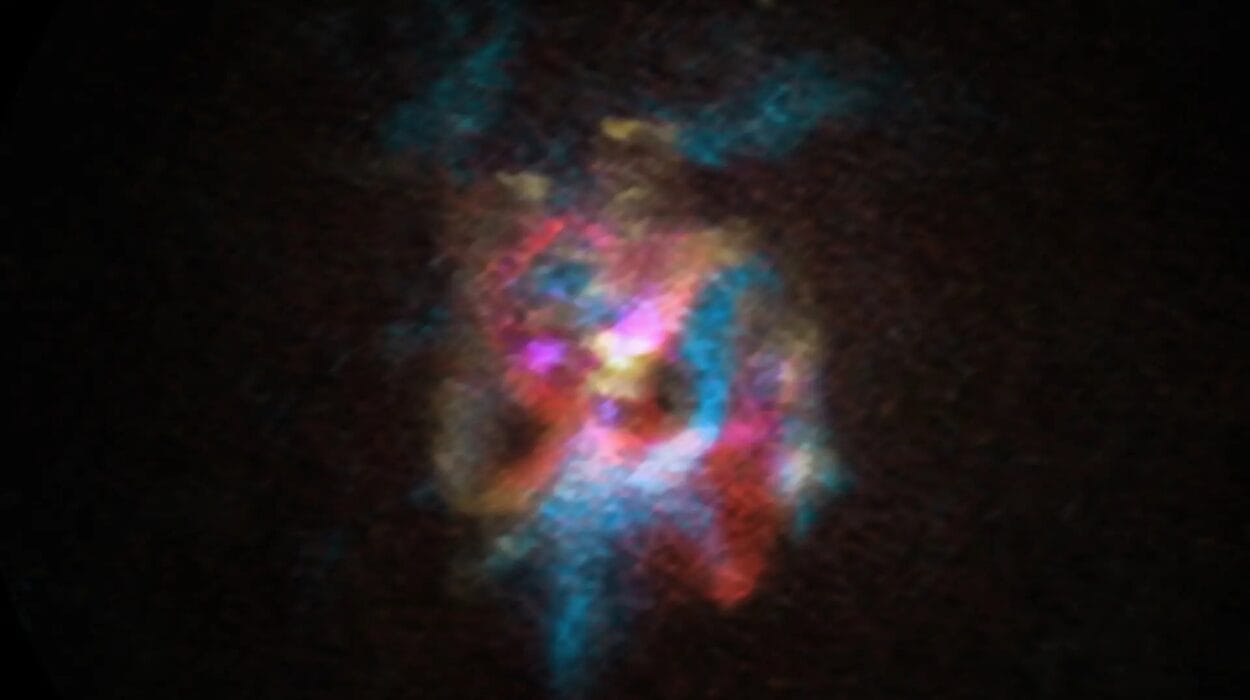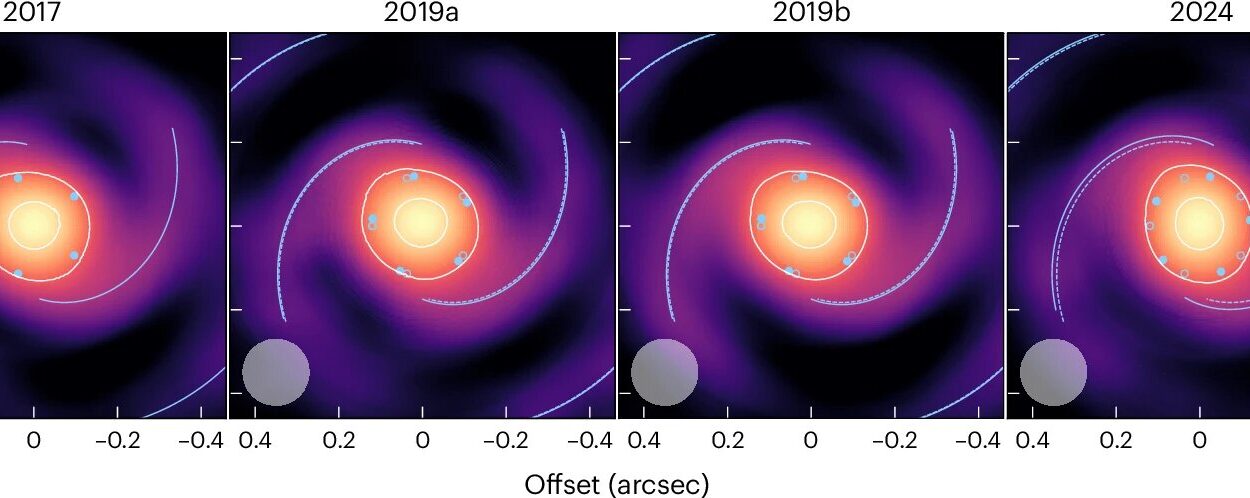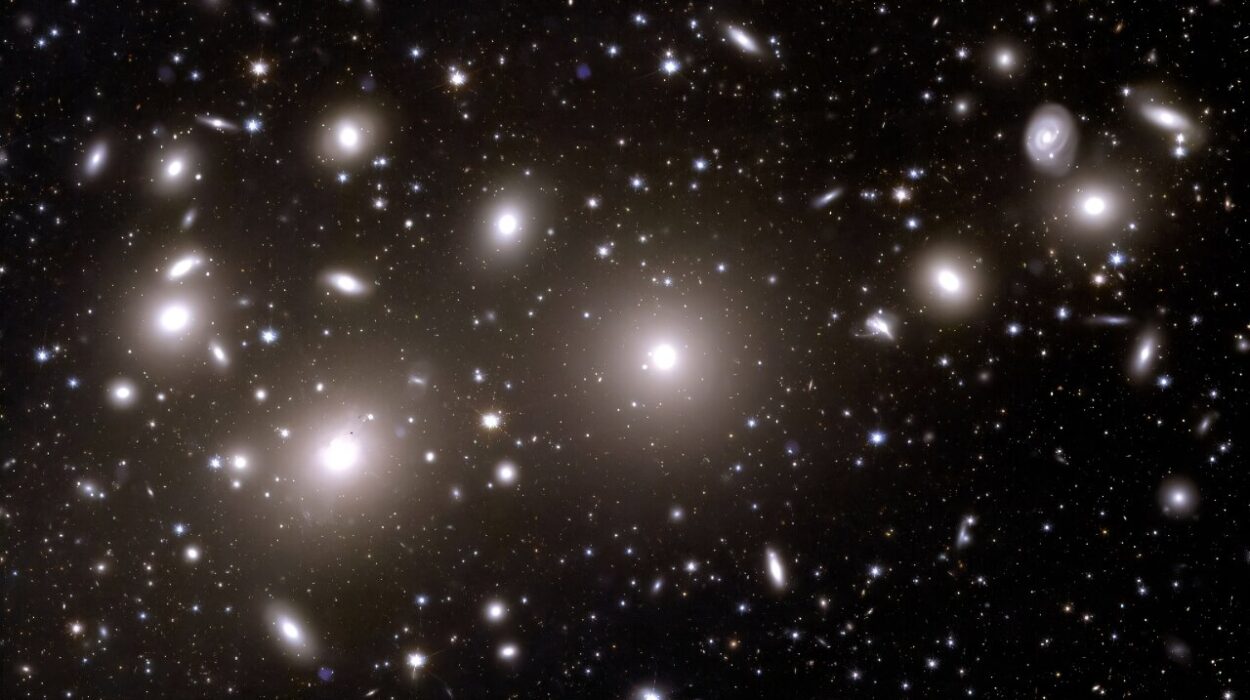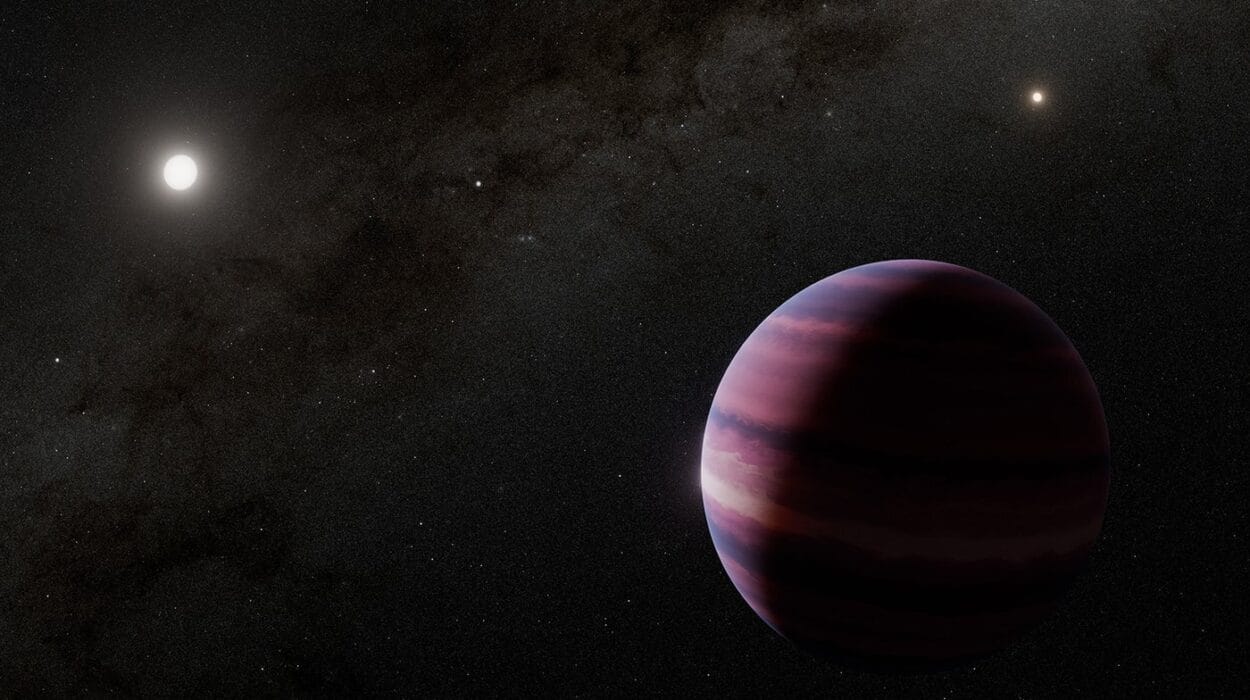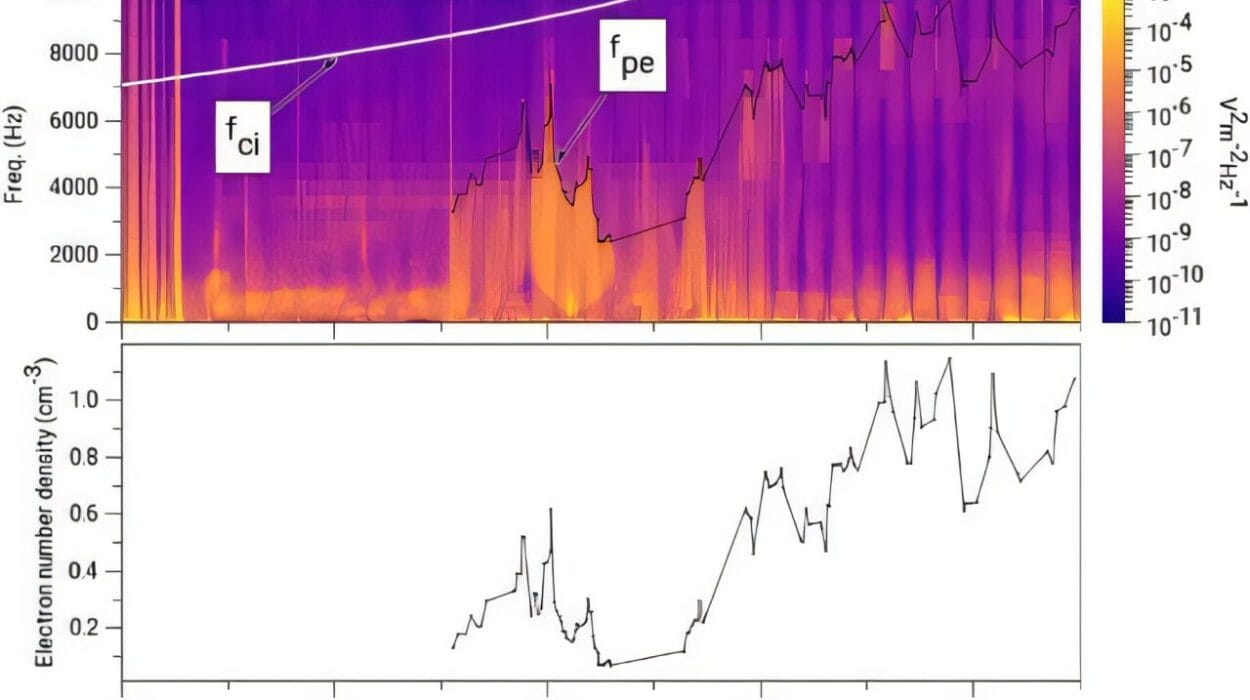For centuries, humanity has gazed at the sun with awe, recognizing it as the luminous engine that sustains life on Earth. Yet beneath its radiant surface lies a hidden world of immense complexity—a realm where magnetic fields twist, plasma dances, and colossal bursts of energy are born. On August 8, 2024, astronomers achieved a breakthrough that promises to reshape our understanding of these hidden solar structures. Using the Daniel K. Inouye Solar Telescope (DKIST), the highest-resolution images ever captured of a solar flare revealed coronal loops finer than any previously seen, exposing the sun’s magnetic architecture in unprecedented detail.
Catching a Stellar Tempest
The event in question was an X1.3-class flare, one of the most energetic phenomena the sun produces. Flares of this intensity release colossal amounts of energy, capable of sending solar storms hurtling toward Earth, potentially disrupting satellites, communications, and power grids. While these solar tantrums are nothing new, capturing them at extreme resolution has remained a formidable challenge—until now.
At 20:12 UT, DKIST focused on the flare during its decay phase, unveiling coronal loops that averaged just 48.2 kilometers in width, with some strands potentially as narrow as 21 kilometers. To put that in perspective, these structures are finer than many of the world’s largest cities are wide. This level of detail represents a quantum leap in solar observation, marking the first time the fundamental scale of coronal loops has been resolved so precisely.
The Magic of H-alpha Observation
The key to this discovery lies in DKIST’s observation at the H-alpha wavelength of 656.28 nanometers. H-alpha light, emitted by hydrogen in the sun’s chromosphere, reveals features invisible in other wavelengths, including the delicate coronal loops that arch above flare ribbons. Using the Visible Broadband Imager (VBI), the telescope can resolve details as small as 24 kilometers—a resolution more than two and a half times sharper than the next-best solar telescope.
“These flares are among the most energetic events our star produces, and we were fortunate to catch this one under perfect observing conditions,” explains Cole Tamburri, lead author of the study and a Ph.D. student at the University of Colorado Boulder. The observation represents the first time DKIST has imaged an X-class flare, opening a new window into the sun’s most intense activity.
Resolving the Threads of Solar Magnetism
Coronal loops are arcs of plasma that trace the sun’s magnetic field lines. They often precede solar flares, and when twisted or snapped, they release enormous amounts of energy. Until now, these loops could only be imagined at the smallest scales, with theories suggesting widths between 10 and 100 kilometers. DKIST’s observations finally provide empirical confirmation.
“Before Inouye, we could only imagine what this scale looked like. Now we can see it directly,” Tamburri notes. The imagery captures hundreds of razor-thin loops woven above flare ribbons, offering a detailed view of the magnetic scaffolding that drives flares. The loops’ extreme thinness suggests that astronomers may be observing fundamental units—the elementary building blocks of flare architecture. In other words, what was once perceived as a single, thick structure may, in reality, be a bundle of individual loops.
Maria Kazachenko, co-author of the study and NSO scientist, describes the moment of revelation: “Knowing a telescope can theoretically do something is one thing. Actually watching it perform at that limit is exhilarating.” The team’s discovery exemplifies the interplay between human curiosity and cutting-edge technology—a synergy that turns theoretical speculation into observable reality.
Unexpected Insights from a Planned Observation
Interestingly, the discovery was not the original aim of the observation campaign. The researchers had planned to study chromospheric spectral line dynamics using DKIST’s Visible Spectropolarimeter (ViSP). Yet when VBI data were collected, the ultra-fine coronal loops appeared in stark detail, a treasure revealed serendipitously. This kind of unexpected insight illustrates a core principle of science: sometimes, the universe reveals its secrets when we are looking for something else entirely.
The loops are not just smaller than previously resolved; their shapes, arrangement, and evolution offer new clues about the processes driving solar flares. These details may help scientists refine complex radiative-hydrodynamic models, improving predictions of solar storm behavior—a matter of practical importance for protecting Earth’s technological infrastructure.
Seeing the Sun in a New Light
The images themselves are breathtaking. Dark, thread-like loops stretch across the sun’s glowing surface, forming a delicate arcade above flare ribbons that gleam with near-impossible clarity. A compact triangular ribbon near the flare’s center contrasts with a sweeping arc above, creating a visual interplay that conveys both chaos and elegance. To the casual viewer, the complexity of the solar surface is immediately apparent; to the scientist, every detail offers data, waiting to be decoded.
“It’s like going from seeing a forest to suddenly seeing every single tree,” Tamburri says, capturing the transformative nature of DKIST’s vision. The telescope allows astronomers not only to measure these loops but to study their dynamics, investigate magnetic reconnection—the engine behind flares—and explore the scales at which the sun’s energy is released.
Implications for Space Weather Forecasting
Beyond the sheer beauty of these images, the discovery has profound implications for space weather forecasting. Understanding coronal loops at fundamental scales can improve models predicting when and how flares erupt, offering critical lead time to safeguard satellites, communications networks, and power grids on Earth. By revealing the sun’s magnetic architecture in fine detail, DKIST equips scientists with the tools to anticipate solar storms with greater accuracy—a tangible benefit for modern society.
A Landmark in Solar Science
This observation represents more than a technical milestone; it is a paradigm shift in how we understand our closest star. DKIST’s ability to capture the smallest coronal loops ever imaged heralds a new era in solar physics, where theories can be tested directly and models refined with unprecedented precision. It underscores the importance of investing in high-resolution observational infrastructure and nurturing a new generation of scientists capable of interpreting the data.
The study, titled “Unveiling Unprecedented Fine Structure in Coronal Flare Loops with the DKIST,” demonstrates the power of curiosity, technology, and collaboration. With contributions from the NSO, LASP, CIRES, and the University of Colorado Boulder, the research exemplifies how coordinated efforts can push the boundaries of human understanding.
Gazing Toward the Future
As we peer deeper into the sun, the questions multiply. Are these ultra-thin loops the true building blocks of solar flares? How do they interact, evolve, and release energy? Could these insights transform our predictive capabilities for space weather? Each answer opens new avenues of inquiry, continuing the age-old human endeavor to understand the forces that shape our universe.
In observing the sun at its smallest operational scales, DKIST has offered a glimpse not just at the mechanics of our star, but at the beauty, complexity, and power of nature itself. These threads of plasma, invisible to previous generations, now tell a story of magnetism, energy, and cosmic artistry—reminding us that even the most familiar celestial body still harbors secrets waiting to be discovered.
As Tamburri reflects, “We’re finally seeing the sun at the scales it works on.” For astronomers, this is a moment of exhilaration; for humanity, it is a reminder that even the sun, our steadfast companion, holds mysteries that continue to inspire awe, curiosity, and scientific wonder.
More information: Unveiling Unprecedented Fine Structure in Coronal Flare Loops with the DKIST, The Astrophysical Journal Letters (2025). DOI: 10.3847/2041-8213/adf95e

